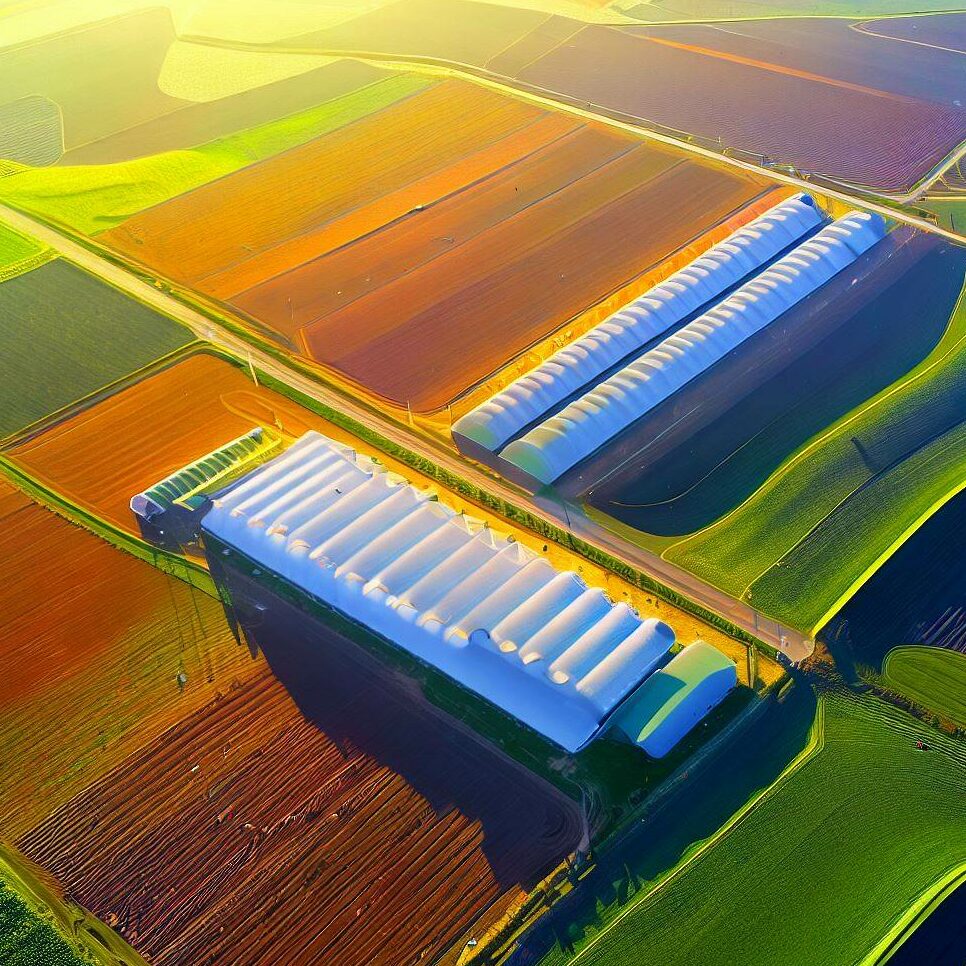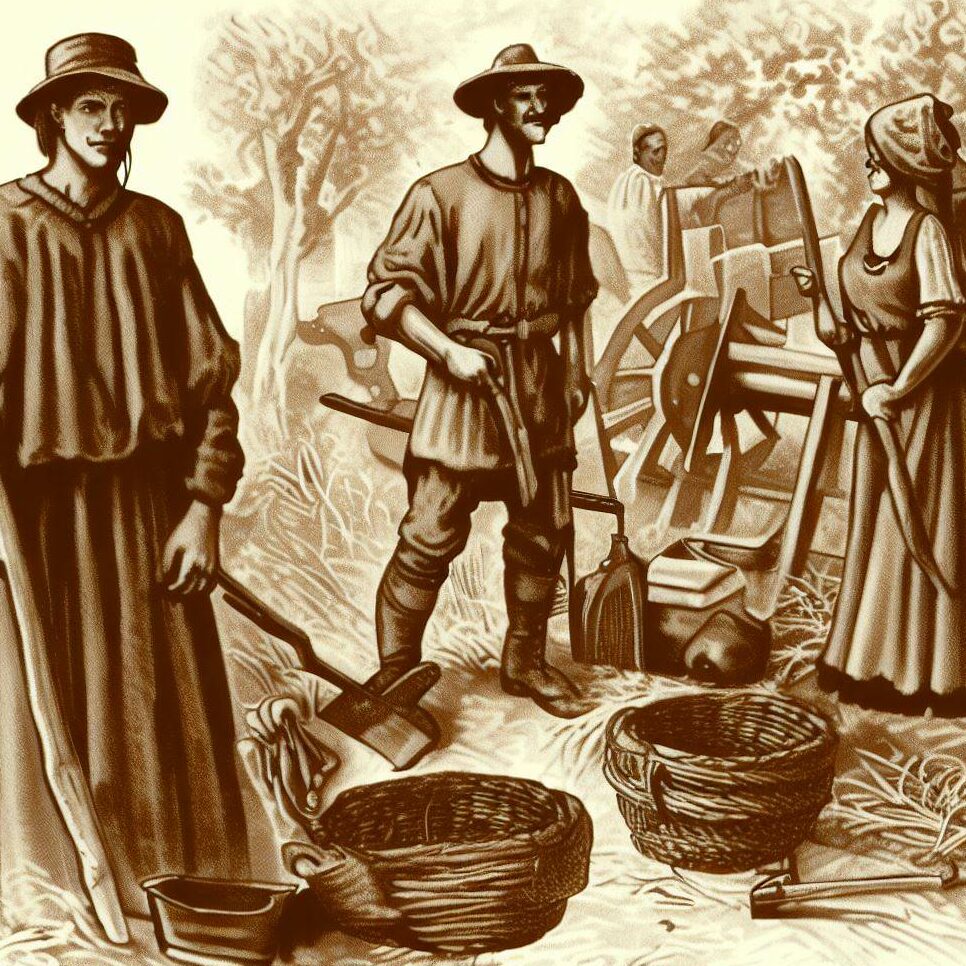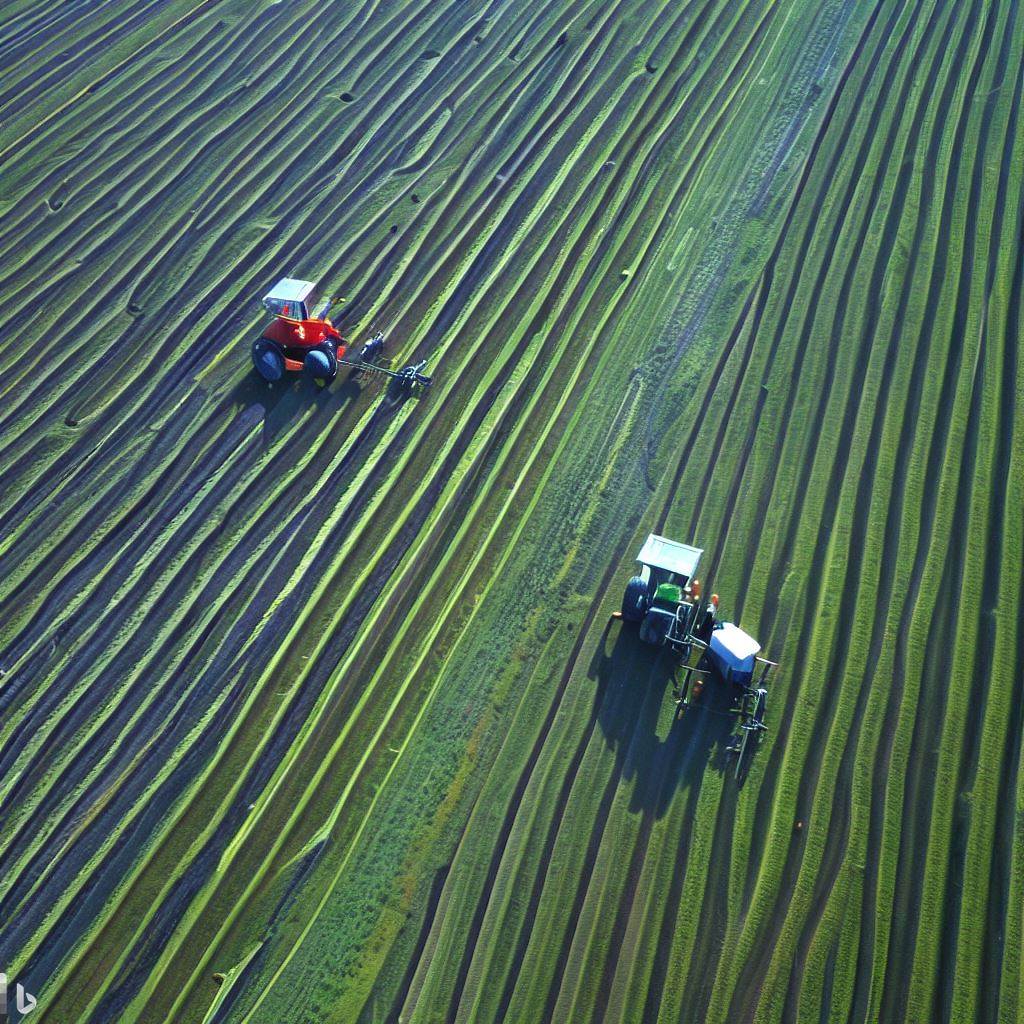Imagine a time when the earth’s secrets were yet to be fully unraveled, a time when farmers, through sheer observation and intuition, discovered the magic of crop rotation. This age-old practice of growing different crops sequentially on the same plot of land is not just about changing what the soil bears. It’s a harmonious symphony, a testament to our ancestors’ wisdom in ensuring the land remains fertile and vibrant. Delving into the annals of history, we uncover the roots of crop rotation, tracing its evolution and understanding its profound significance in today’s sustainable agriculture.
Who Invented Crop Rotation? Its origins trace back to ancient Near Eastern farmers around 6000 BC. Over time, civilizations like the Romans and Chinese refined this technique. The practice has evolved, with notable figures like Charles Townshend introducing the four-field system in Europe and George Washington Carver emphasizing nitrate-producing legumes in America. Today, crop rotation remains a cornerstone of sustainable agriculture.

Why Crop Rotation?
- Sustainability: It promotes long-term soil health, reducing the need for artificial fertilizers.
- Disease Prevention: Different crops mean different pests. Rotating them reduces the chances of any single pest becoming a significant problem.
- Nutrient Balance: Different crops have varied nutrient needs. Rotation ensures the soil doesn’t get depleted of any one essential nutrient.
Growth Guide: Think of crop rotation as giving the soil its well-deserved vacation. Just as we feel rejuvenated after a break, so does the earth after a change in crops.
From Ancient Observations to Modern Science
The practice, though refined and backed by science today, has its roots in ancient civilizations. From the observant farmers of the Near East around 6000 BC to the structured approaches of the Romans and Chinese, crop rotation has been a cornerstone of agriculture for millennia.
Rotation Recommendation: While the concept remains consistent, the methods of crop rotation can vary based on regional climates and specific crop needs. It’s all about understanding the land and its unique voice.
The Ancient Beginnings of Crop Rotation
As we journey back in time, we find ourselves amidst the vast fields of the ancient Near East, around 6000 BC. Here, the seeds of crop rotation were sown. Farmers, with their innate connection to the land, began alternating between legumes and cereals. This wasn’t a result of scientific understanding but rather a testament to their keen observation and intuition. They noticed the land’s response, its rejuvenation, and the improved yield when crops were changed seasonally.
Rome: A Civilization Ahead of Its Time
The Romans, known for their architectural marvels and strategic warfare, also made significant strides in agriculture. They adopted and enhanced the rudimentary systems of crop rotation. A notable figure from this era, Cato the Elder, penned his observations and recommendations on agriculture. His writings hint at the benefits of alternating crops, emphasizing the vitality it brought to the soil.
Soil Secret: When planning your garden or farm, think like Cato! Understand the rhythm of the land and the unique needs of each crop. It’s not just about planting; it’s about nurturing and harmonizing with nature.
The Chinese Contribution
Parallelly, in the East, the Chinese were making their own discoveries in crop rotation. Their methods, though distinct from the Romans, were rooted in the same principle: harmony with nature. They recognized the balance between different crops and the earth, ensuring that the soil was never stripped of its essential nutrients.
Field Find: While the methods varied across civilizations, the core principle remained consistent: understanding the land and its needs. It’s a lesson that remains relevant even today, reminding us to listen to the whispers of the earth.
The European Evolution: From Three-Field to Four-Field Systems

Europe, with its rich tapestry of history, has been a cradle of agricultural innovation. As we delve into the annals of time, we discover the emergence of the three-field system during the Middle Ages. This ingenious method saw lands divided into three sections: one for spring crops, another for winter crops, and the third left fallow, allowing the soil to rejuvenate.
The Three-Field Triumph
This system was a game-changer. By allowing one-third of the land to rest, soil fertility was maintained, ensuring consistent yields. It was a testament to the European farmer’s deep understanding of the land and its rhythms.
Rotation Recommendation: Modern gardeners can take a leaf out of the medieval book! Consider letting a part of your garden rest for a season. It’s like giving the soil a spa day!
Enter Charles Townshend: The Four-Field Foray
Fast forward to 18th century Britain, and we meet a pivotal figure in the annals of crop rotation: Charles Townshend. Often referred to as “Turnip Townshend”, he championed the Norfolk four-course system. This rotation involved wheat, turnips, barley, and clover. Not only did this enhance soil health, but it also supported livestock, with turnips and clover serving as fodder. He is widely recognized as the person who introduced crop rotation in Britain through his four course system.
Planting Pointer: Turnips aren’t just for livestock! They’re a delicious and nutritious addition to any modern kitchen. Try roasting them or adding them to stews.
The American Contribution: George Washington Carver
While Europe was making strides in crop rotation, across the Atlantic, a remarkable figure was shaping the agricultural landscape of America. Enter George Washington Carver, a name synonymous with innovation in farming. Carver’s work was not just about plants; it was about rejuvenating entire communities.

Carver’s Leguminous Legacy
His genius lay in his understanding of the soil’s needs. He recognized the value of nitrate-producing legumes such as peanuts and peas. By alternating these with cotton, a notorious nutrient-depleter, he introduced a system that revitalized the exhausted soils of the American South.
Planting Pointer: Legumes aren’t just great for the soil; they’re a powerhouse of nutrition for us too! From lentil soups to chickpea salads, they’re a delicious way to add protein to your diet.
Impact on the American South
The American South, with its vast cotton plantations, faced a crisis. Continuous cotton farming had drained the vitality of the land. Carver’s crop rotation methods were a beacon of hope. By introducing legumes into the rotation:
- Soil health improved dramatically.
- Farmers had an additional source of income from legume crops.
- The reliance on cotton, both economically and agriculturally, was reduced.
Farming Fact: Did you know? George Washington Carver developed over 300 uses for peanuts, from cooking oil to cosmetics!
Carver’s legacy is not just about a farming technique; it’s about a holistic approach to agriculture. An approach that considers the land, the people, and the economy. His methods were a testament to the power of understanding nature and working with it, rather than against it.
The Science Behind Crop Rotation
At its core, crop rotation is more than just changing what grows in a field from year to year. It’s a strategic dance, choreographed by nature and farmers, to ensure the land remains fertile and productive. But what’s the science that makes this age-old practice so effective?
Principles of Crop Rotation
Every crop has its own set of nutritional needs and leaves behind a unique footprint on the soil. The principle behind crop rotation is to ensure that the soil gets a break from crops that might be particularly taxing and is replenished by those that give back more than they take.
Rotation Recommendation: Think of crop rotation as a balanced diet for the soil. Just as we need a mix of nutrients to stay healthy, so does the earth!
Types of Crop Rotation
| Type | Description |
|---|---|
| Simple Binary Rotation | Alternates between two crops, often a grain and a legume, to break pest cycles and improve soil nutrients. |
| Three Crop Rotation | Involves three different crops in succession, such as a grain, a legume, and a root crop, to reduce soil depletion and manage pests. |
| Four Crop Rotation | A system used in modern European farming, rotating four crops like a grain, a root crop, a legume, and a fodder crop, ensuring soil fertility and pest control. |
Advantages
- Improved soil health and structure
- Reduction in soil-borne diseases
- Enhanced pest control
Disadvantages
- Requires careful planning and knowledge
- Can be labor-intensive
- Initial yield might be lower
Rotation Recommendation: While crop rotation has its challenges, the long-term benefits to the soil and the environment far outweigh the initial hurdles.

The Importance of Crop Rotation
Crop rotation plays a pivotal role in sustainable agriculture. By ensuring that the soil isn’t exhausted of its nutrients, farmers can look forward to bountiful harvests year after year. Moreover, it aids in pest control, reduces the need for chemical fertilizers, and promotes biodiversity.
Effect on Soil Health
Soil is a living entity, teeming with microorganisms. Crop rotation ensures these tiny creatures have the right environment to thrive, leading to naturally fertile land. Over time, this results in richer soil, better water retention, and fewer pests and diseases.
Modern Challenges and the Role of Crop Rotation
As the world grapples with the undeniable impacts of climate change, agriculture finds itself at the forefront of both the challenge and the solution. Traditional farming practices are being tested, and the need for sustainable, adaptable methods has never been more pressing.
Climate Change and Agriculture
Climate change brings with it a slew of challenges for the farming community:
- Unpredictable weather patterns leading to droughts or floods.
- Shifts in pest populations and disease patterns.
- Changes in soil quality and water availability.
Rotation Recommendation: Adapting to climate change isn’t just about new technology. Sometimes, the best solutions are the ones nature has provided us with, like crop rotation.
Crop Rotation as a Solution
Crop rotation, an age-old practice, emerges as a beacon of hope in these trying times. Here’s how:
- Soil Health: Continuous cropping can deplete the soil, making it less resilient to extreme weather. Rotation ensures the soil remains fertile and robust.
- Pest Control: Many pests are crop-specific. Changing crops can disrupt their life cycle, reducing the need for chemical interventions.
- Water Management: Different crops have varied water needs. Rotation can help manage water usage, crucial in drought-prone areas.
Rotation Recommendation: Think of crop rotation as nature’s insurance policy against the unpredictability of climate change. It’s a tool that, when used wisely, can help farmers navigate the challenges of modern agriculture.
In the face of modern challenges, it’s heartening to see that solutions can sometimes be found in practices that have stood the test of time. Crop rotation, with its myriad benefits, is poised to play a pivotal role in the future of sustainable agriculture.

Conclusion
From the ancient fields of the Near East to the technologically advanced farms of today, the journey of crop rotation is a testament to humanity’s evolving understanding of the land. This age-old practice, rooted in observation and refined through centuries, stands as a beacon of sustainable agriculture.
The Timeless Value of Rotation
Despite the myriad advancements in farming techniques and tools, the essence of crop rotation remains unchanged:
- Preserving soil health and fertility.
- Managing pests and diseases naturally.
- Optimizing resources for sustainable yields.
Rotation Recommendation: Modern problems often find solutions in ancient wisdom. Embracing practices like crop rotation ensures we’re not just farming for today, but for generations to come.
As we stand on the cusp of an era where sustainable practices are not just preferred but essential, crop rotation’s significance cannot be overstated. It’s a bridge between the past and the future, ensuring that the land continues to nourish and sustain, just as it has for millennia.
